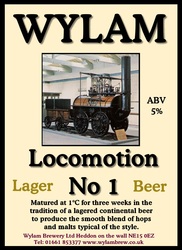On the face of it, connections between the north-east and the slavery business in the 18th and 19th centuries seem rather unlikely for several reasons. On geographical grounds alone, sailing from NE ports would add something like 21 days to the 42 days average taken to cross the Atlantic. Also, as everybody knows the region's trade was based on mining and trading in coal, with a strong internal market in London, and an export trade to northern Europe. Colliers exchanged coal for timber in the Baltic ports and Norway, and for iron-ore in Sweden. These trades were already a major huge source of income for the businessmen and landowners of the time. Thirdly, as a colleague told John at the start of his research, what had already been written on the topic would fit easily on a postage stamp. It is also well known that the north-east was a mainstay in the country of the abolitionist movement.
planter families, the Barretts and Parkinsons. By 1820, John Graham-Clarke, businessman and wealthy landowner had an interest in 6 cargo ships and 13 sugar plantations in Jamaica. Sugar was processed in the refineries he owned in Newcastle and Gateshead.
For more of this part of the story, we'll need to ask John back.
John Charlton's book, 'Hidden Chains: The Slavery Business and North East England' (2008) is shown here.
Tyne & Wear Museum's Remembering Slavery Research Zone
John Charlton's booklet, 'Remembering Slavery'
Sean Creighton's 'Tyneside, the North East and slavery and abolition'
















 RSS Feed
RSS Feed
